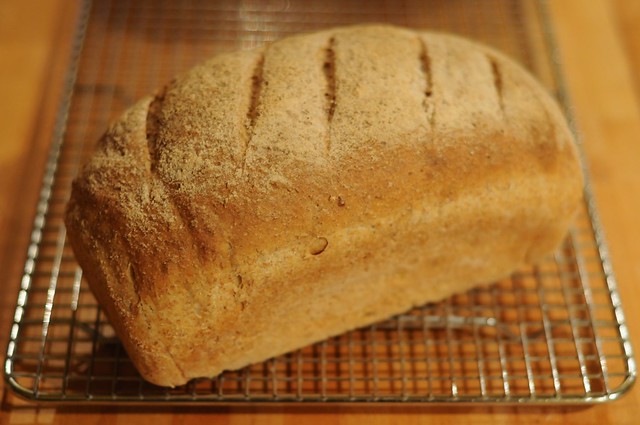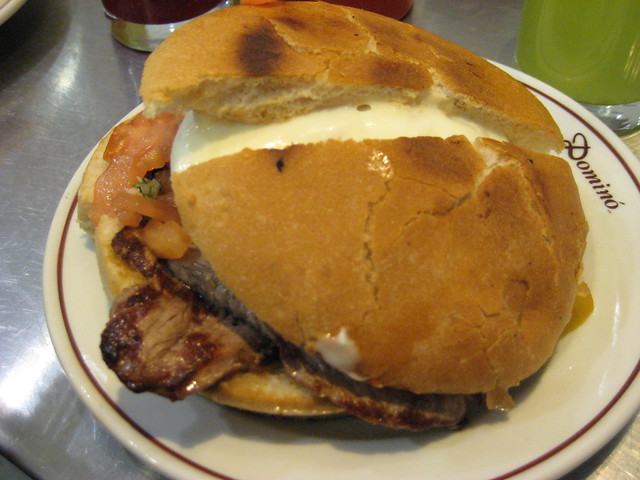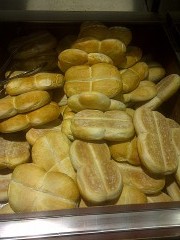One of the linguistic challenges a person faces is how to translate the untranslatable. For some words there is a quick explanation, such as hummus or hommus. Anyone who does not know this food would probably understand chick pea or garbanzo bean puree, although it may not sound appetizing.
What about crotch? Ever try to translate that? The best I’ve found in Spanish is entrepiernas, which loses a major part of the word’s crassness. There’s just no good translation (if I’m wrong, correct me in the comments below).
Many other words are impossible. Concepts, theories and emotions require examples and long explanations. The solution for objects is simpler: pictures. While you may not be able to explain the item, a picture certainly brings someone closer to understanding. Imagine trying to explain a giraffe to a friend who has never seen one. A picture gets the meaning across quicker than an explanation.
This is certainly true for foods. A fundamental part of my travel experience is the food I encounter. Strolling through markets I always find a new item to try or to ask about. And there’s always something that will not be explained properly with words. In Chile I had that experience with the breads. The first time I walked into a bakery not only was I surprised to find strange-shaped breads, it also caught my eye that you serve yourself, and then pay for the bread by weight. But trying to explain the bread types in translated words is almost impossible.
If you have been to Chile, and tasted Chilean food, try translating pan marraqueta to someone when you return home. “It’s bread, but weird-shaped, kinda like someone’s butt stuck to someone else’s butt.” I know, not too appetizing. It loses a lot in the translation.
So here’s the first of (hopefully) a series of picture guides. By the way, please suggest any picture guide topics (keep it rated G people).
The Illustrated Chilean Spanish Guide to Breads
1. pan amasado:
a typical Chilean bread baked in a brick oven. The bread is dense and because of the brick oven holds a grilled flavor to it. Best by itself or with butter. You can purchase this on the side of major roadways.
2. pan de molde:
loaf bread. The normal, run-of-the-mill bread you know from home. Molde is the word for a mold, or bread pan. It is not related to the word mold, as in nasty fungus.
3. pan frica:
a round, lighter bread used, for example, for hamburger buns or chacareros.
4. pan hallulla:
round-shaped and extremely flat, like a squished hockey puck. With dimples. Light in flavor and convenient for sandwiches.
5. pan marraqueta:
one of the most common breads, shaped pretty closely to butt-cheeks. There is a slight saltiness and because of its shape when split (half a butt-cheek) it makes an easy mini-sandwich.
6. pan francés or pan batido:
other names for pan marraqueta.
7. pan de miga:
this looks like normal white bread, but much thinner, with the crusts cut off. It is used to make small sandwiches used for cocktail parties, work activities or any type of group function.
Did I get them all? Please leave a comment if I skipped one.
Check out these other Chile Spanish Slang Word articles.
Featured photo credit: Polish_Food_-_Polish_Bread-Loafs by PolishFoodInfo.com via flickr





